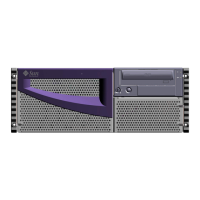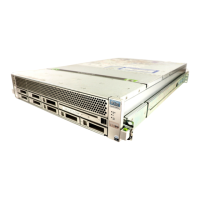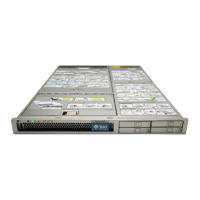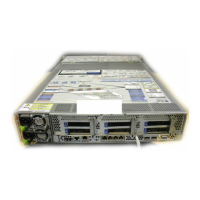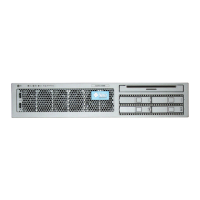Chapter 5 Configuring Network Interfaces 95
2. Determine the IP address for each new interface.
An IP address must be assigned by your network administrator. Each interface on a
network must have a unique IP address.
3. Boot the operating system (if it is not already running) and log on to the system as
superuser.
Be sure to perform a reconfiguration boot if you just added a new PCI network
interface card. See “How to Initiate a Reconfiguration Boot” on page 40.
Type the su command at the system prompt, followed by the superuser password.
4. Create an appropriate /etc/hostname file for each new network interface.
The name of the file you create should be of the form /etc/hostname.typenum,
where type is the network interface type identifier (some common types are le, hme,
eri, and ge) and num is the device instance number of the interface according to the
order in which it was installed in the system.
For example, the file names for the system’s on-board Fast Ethernet and Gigabit
Ethernet interfaces are /etc/hostname.eri0 and /etc/hostname.ge0,
respectively. Both interfaces have a device instance number of 0 since each interface
is the first one of its type installed in the system. If you add a PCI Gigabit Ethernet
adapter card as a second ge interface, it’s file name should be /etc/hostname.ge1.
At least one of these files—the primary network interface—should exist already,
having been created automatically during the Solaris installation process.
Note – The documentation accompanying the network interface card should
identify its type. Alternatively, you can enter the show-devs command from the ok
prompt to obtain a list of all installed devices.
5. Edit the /etc/hostname file(s) created in Step 4 to add the host name(s)
determined in Step 1.
Following is an example of the /etc/hostname files required for a system called
sunrise, which has two on-board Ethernet interfaces (ge0 and eri0) and a PCI
Gigabit Ethernet adapter card (ge1). A network connected to the on-board eri0
$ su
Password:

